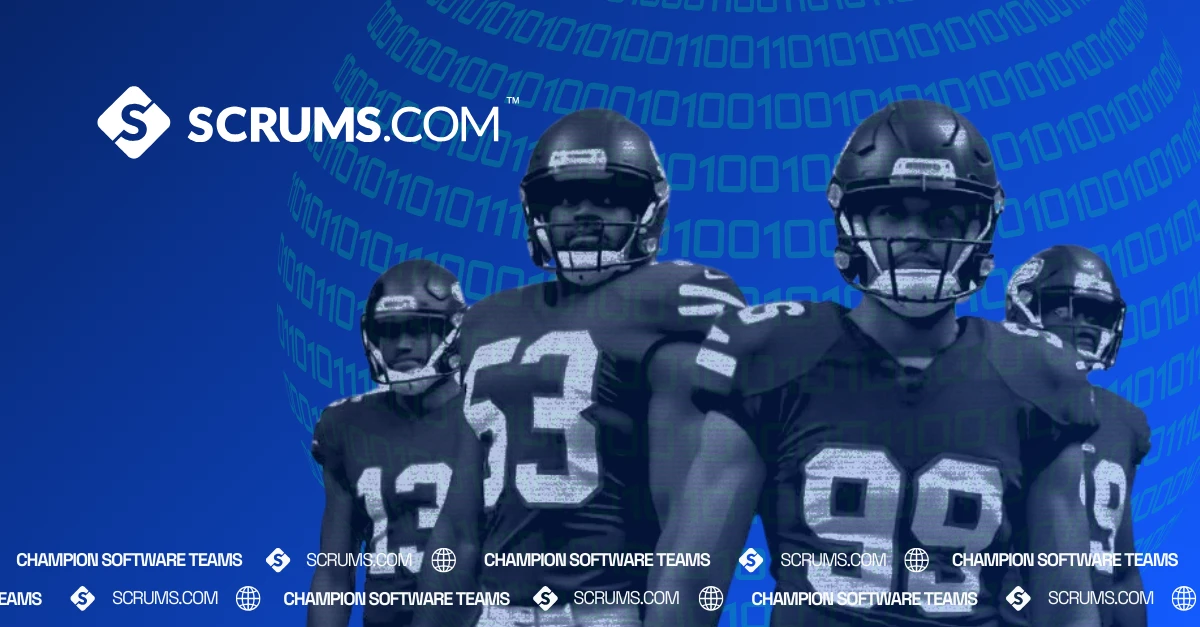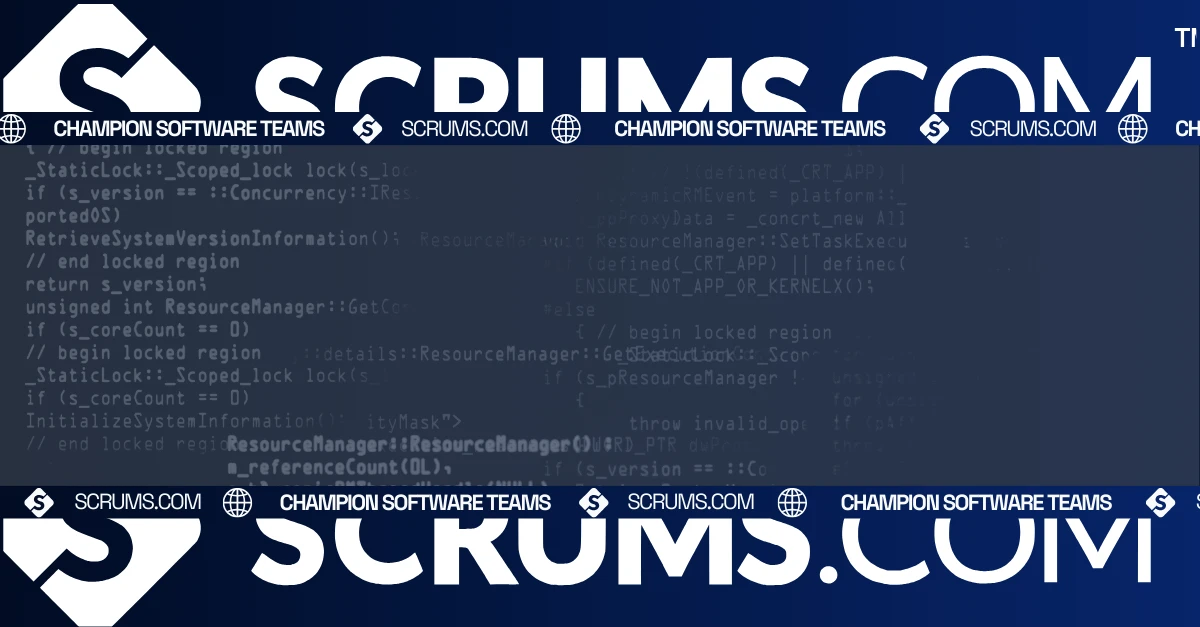Data Privacy and Compliance: A Tech Term Explained
What is Data Privacy?
Data privacy refers to the protection of personal and sensitive information from unauthorized access, use, or disclosure. It involves ensuring that individuals' data is collected, stored, and managed in ways that respect their rights and comply with legal requirements. Data privacy is critical to maintaining trust between organizations and individuals, especially in an increasingly digital world where data breaches and misuse are common concerns.
How Data Privacy Works
Data privacy operates through a combination of legal regulations, organizational practices, and technical measures. Here's a simplified overview:
- Data Collection: Organizations collect personal data through various means, including online forms, transactions, and user interactions.
- Data Management: Once collected, data is stored, processed, and managed according to organizational policies and legal requirements. This involves implementing security measures and access controls.
- Data Use: Organizations use data for specific purposes, such as providing services or improving products. Data use must align with the stated purposes and legal obligations.
- Data Protection: Measures are taken to protect data from breaches, misuse, or unauthorized access. This includes encryption, access controls, and regular security audits.
- Compliance and Transparency: Organizations must comply with relevant data privacy regulations and be transparent about their data practices. This includes providing clear privacy notices and obtaining consent where required.
Key US Regulations
California Consumer Privacy Act (CCPA)
- Overview: The CCPA, effective from January 2020, provides California residents with rights regarding their personal information. It requires businesses to disclose data collection practices, allow consumers to access and delete their data, and opt out of data sales.
- Impact on Software Development: Software applications must implement features to support data access requests, deletion, and opt-out options. Businesses must also update privacy policies and ensure data handling practices comply with CCPA requirements.
Health Insurance Portability and Accountability Act (HIPAA)
- Overview: HIPAA governs the privacy and security of health information in the US. It applies to healthcare providers, insurers, and their business associates, requiring the protection of personal health information (PHI) and ensuring secure handling and transmission of data.
- Impact on Software Development: Healthcare applications must implement robust security measures to protect PHI, including encryption and access controls. Compliance also involves conducting regular security audits and ensuring that third-party services adhere to HIPAA standards.
Children’s Online Privacy Protection Act (COPPA)
- Overview: COPPA protects the privacy of children under 13 by requiring parental consent before collecting personal information from them. It applies to websites and online services directed at children.
- Impact on Software Development Services: Apps and websites targeting children must implement parental consent mechanisms and adhere to strict data collection and usage policies.
General Data Protection Regulation (GDPR) (for comparison)
- Overview: Although not a US regulation, GDPR is relevant for US companies dealing with EU residents' data. It imposes strict requirements on data protection, including obtaining explicit consent, providing data access rights, and ensuring data protection by design and default.
- Impact on Software Development: US companies with EU customers must implement features to comply with GDPR, including data access, deletion requests, and consent management.
Benefits of Data Privacy
- Trust and Reputation: Effective data privacy practices build trust with customers and enhance the organization's reputation.
- Risk Mitigation: Proper data protection reduces the risk of data breaches, legal penalties, and financial losses associated with data misuse.
- Regulatory Compliance: Adhering to data privacy regulations helps organizations avoid legal issues and maintain compliance.
- Customer Confidence: Transparent data practices reassure customers that their information is handled responsibly and securely.
- Competitive Advantage: Strong data privacy practices can differentiate an organization from competitors and attract privacy-conscious consumers.
Best Practices for Compliance
- Data Minimization: Collect only the data necessary for specific purposes and avoid excessive data collection.
- Transparency: Provide clear privacy notices and inform users about data collection, usage, and sharing practices.
- Consent Management: Obtain explicit consent for data collection and processing, and provide options for users to withdraw consent.
- Data Security: Implement robust security measures, including encryption, access controls, and regular security audits, to protect data from unauthorized access and breaches.
- Data Access and Deletion: Ensure users can access their data and request deletion as required by regulations.
- Regular Audits: Conduct regular audits of data handling practices and update policies and procedures to ensure ongoing compliance with data privacy regulations.
Use Cases for Data Privacy
- E-commerce: Ensuring customer data is protected during transactions and adhering to privacy regulations for online purchases.
- Healthcare: Protecting patient health information and complying with HIPAA requirements in electronic health records and telemedicine applications.
- Education: Safeguarding student data and complying with COPPA in educational apps and online learning platforms.
- Finance: Securing financial data and complying with regulations to prevent fraud and data breaches in financial services.
Examples of Data Privacy Measures
- Privacy Policies: Detailed documents explaining data collection, usage, and protection practices.
- Data Encryption: Encrypting data both in transit and at rest to protect it from unauthorized access.
- Access Controls: Implementing role-based access controls to limit data access to authorized personnel only.
- Consent Forms: Collecting explicit consent from users before collecting or processing their data.
Common FAQs Around this Tech Term
Data privacy focuses on protecting personal data and ensuring it is used responsibly, while data security involves implementing technical measures to protect data from breaches and unauthorized access.
Implement features for data access and deletion, update privacy policies, obtain consent, and conduct regular audits to ensure compliance with relevant regulations.
Non-compliance can result in legal penalties, financial losses, reputational damage, and loss of customer trust.
Use encryption, access controls, regular security audits, and adhere to best practices for data handling and privacy to protect data in your application.
Data privacy regulations apply to organizations that handle personal data, with specific requirements varying based on the region and type of data processed.
Explore Software Development Blogs
The most recent trends and insights to expand your software development knowledge.




